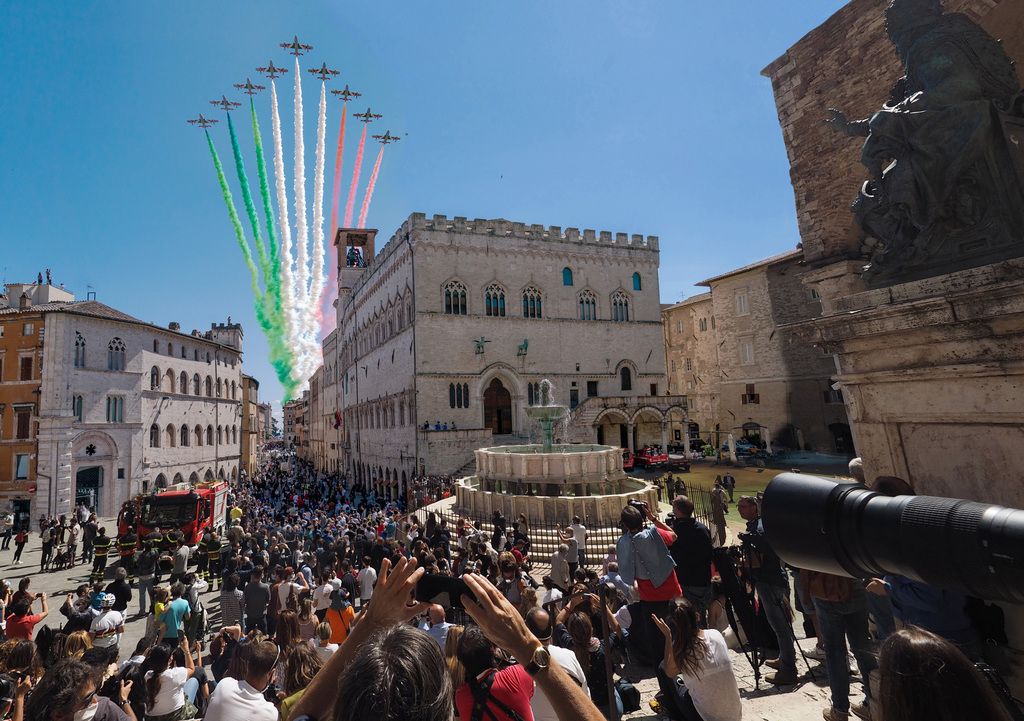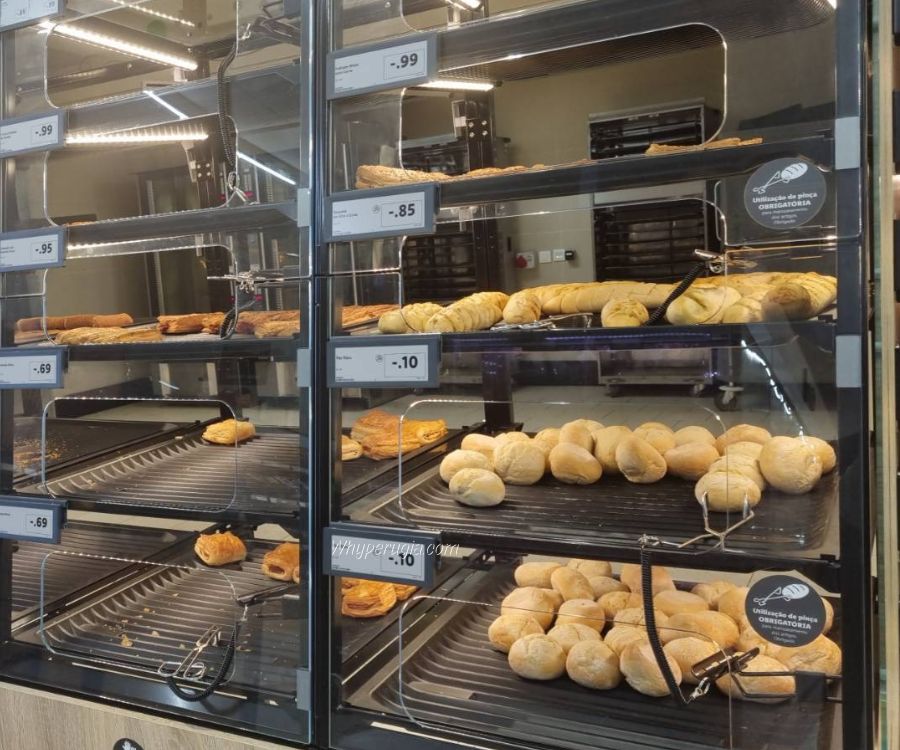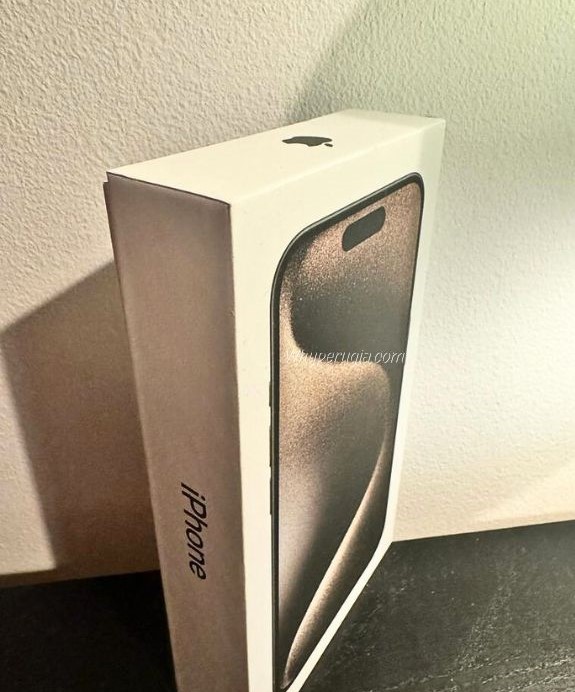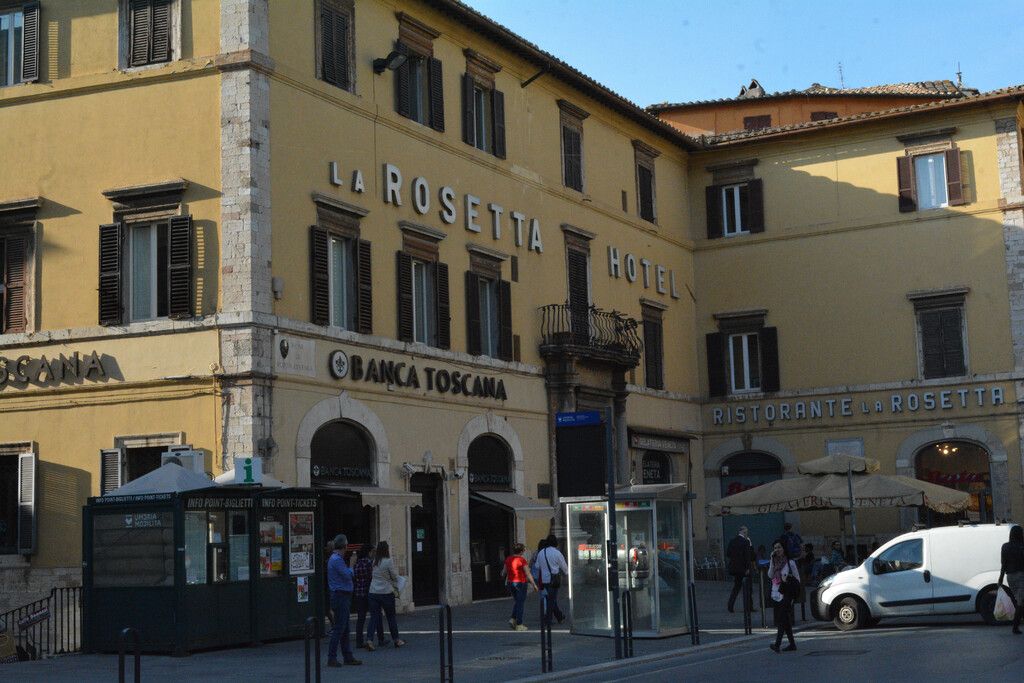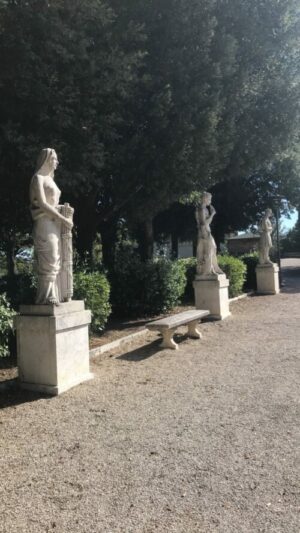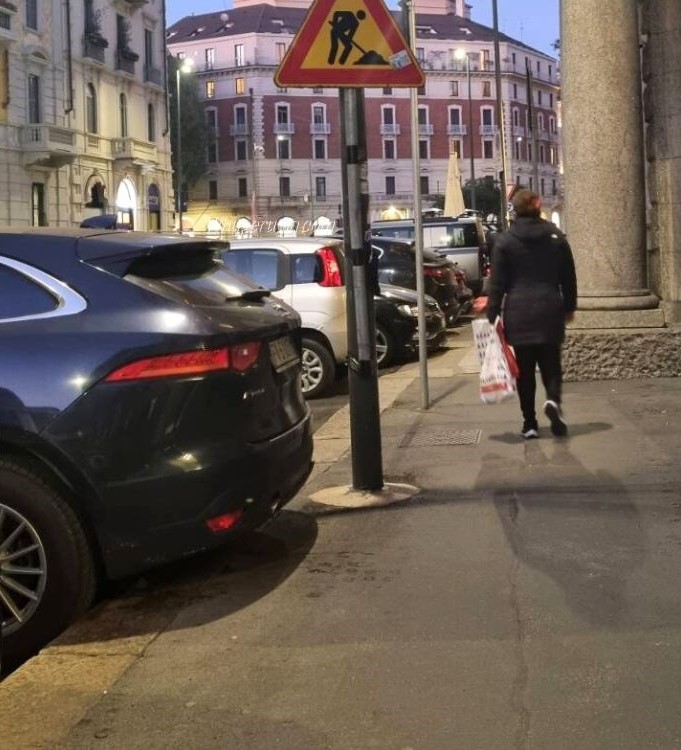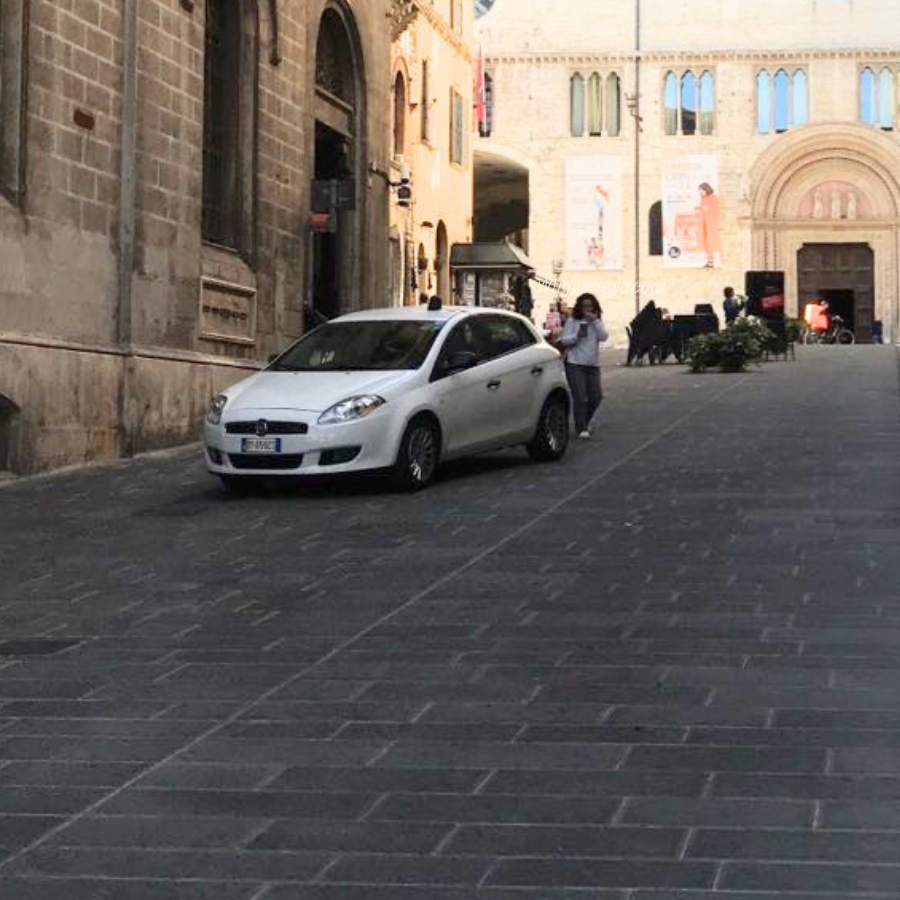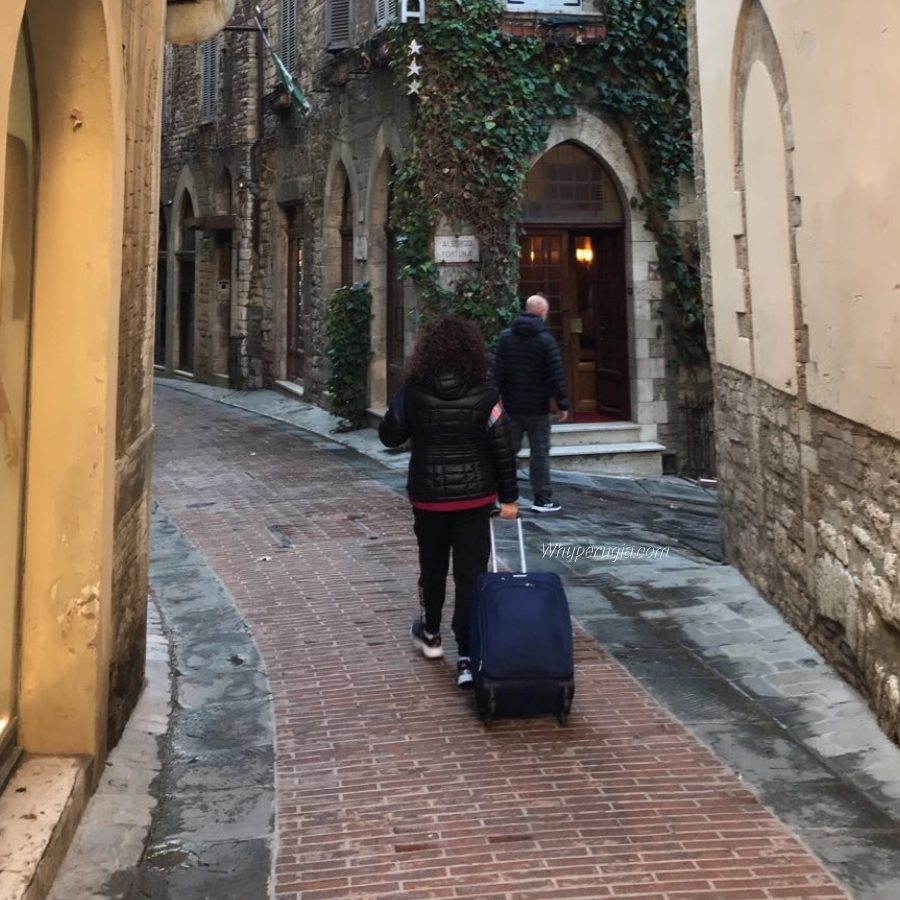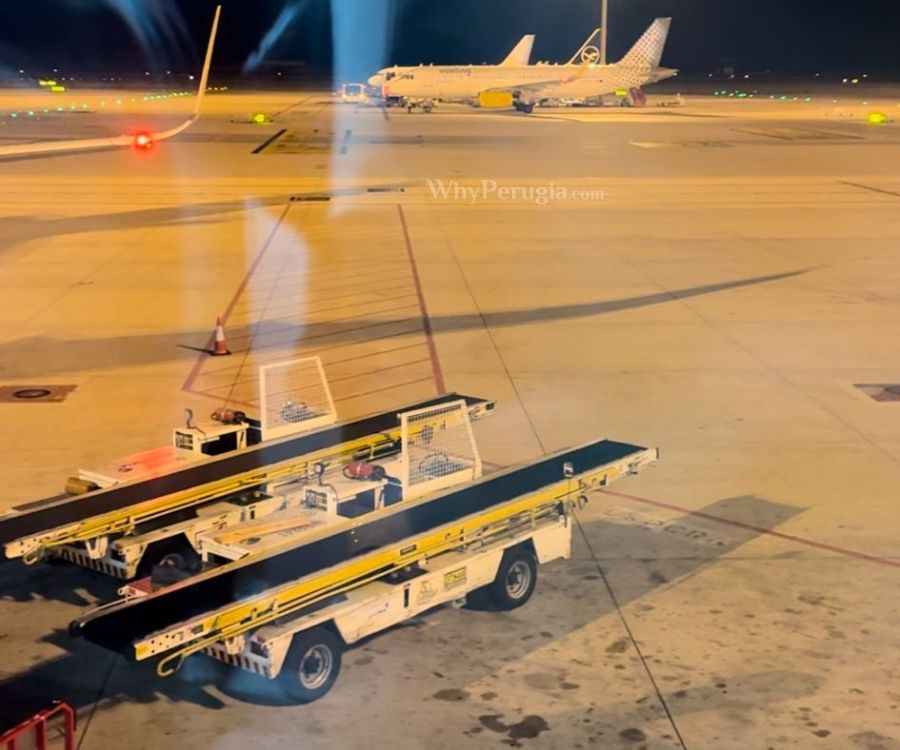Perugia, nestled in the heart of Italy between Florence and Rome, stands as a meticulously preserved medieval city infused with a rich tapestry of art and culture. Its origins trace back to the Etruscans, while significant Roman influences have also left their mark.
The epicenter of the city is Piazza IV Novembre, a historical meeting point and medieval political hub that retains its significance to this day. Dominating the square is the iconic Great Fountain (La Fontana Maggiore), a 13th-century masterpiece envisioned by Bevignate and brought to life by Nicola and Giovanni Pisano. To the square’s north lies the Duomo, a structure with roots reaching back to the 9th century but evolving into the current cathedral’s Gothic grandeur during the 14th century. Its exterior steps offer a coveted spot for relaxation, overlooking the fountain, the famed Corso Vannucci street, and the Palazzo dei Priori—home to the Galleria Nazionale dell’Umbria, a treasure trove of artworks spanning the 13th century, as well as dedicated spaces honoring local painters Pinturiccio and Perugino. The same building houses Collegio del Cambio, Collegio della Mercanzia, and Sala dei Notari.
In the heart of the city, the Pozzo Etrusco (Etruscan Well) stands as an ancient reservoir, a testament to the city’s Etruscan legacy. A short venture leads to Porta Sole, the city’s highest point, offering panoramic vistas of the ancient walls and the medieval Porta Sant’Angelo gate. In proximity to the gate resides the Roman Tempio di Sant’Angelo, a distinctive round church of charming allure.
Ascend Porta Sole’s steps to encounter the Arco Etrusco (Etruscan Arch), where the lower segment is Etruscan, the central Roman with the inscription Augusta Perusia, and the upper Renaissance.
At Corso Vannucci’s culmination, Piazza Italia introduces the entrance to Rocca Paolina, a 16th-century fortress commissioned by Pope Paul III. Though dismantled during Italian unification, it resurfaced in the 20th century, reopening as an underground city in 1965. Today, it serves as a venue for cultural events. Beyond Rocca Paolina, Giardini Carducci offers respite and a panoramic outlook. From here, the Campanile of the Church of San Pietro emerges, a juxtaposition of gilded splendor and marble embellishment. Nestled within the enchanting Borgo XX Giugno neighborhood are the Medieval Gardens and Basilica di San Domenico.
Lastly, a must-experience facet of Perugia is its distinct thoroughfare—the former Aqueduct, now a pedestrian street adorned with charming views.

